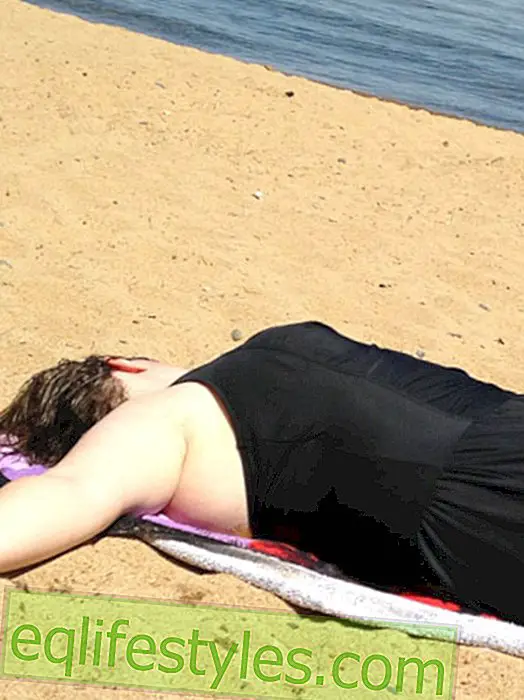
disease
Meniscal damage: definition, causes and symptoms
The meniscus is the cartilaginous structure in the knee joint. There is one inner meniscus and one outer meniscus for each knee joint. These are responsible for supporting the transmission of power from the femur to the lower leg bone. Meniscal damage, such as the meniscal tear (the most common meniscal disease) or the regression of the tissue, places more stress on the cartilage, which can result in premature wear of the knee cartilage. The result: A painful meniscal damage .
In the long term, the knee joint arthrosis follows. Meniscus wear (medical: meniscal degeneration) is normal in old age. The most common causes of meniscal damage are accidents and overwork. Symptoms of meniscal damage are mainly pain in the area of the knee joint and limited mobility of the knee.

Meniscal damage: treatment
To prevent consequential damage, meniscus damage should be treated as early as possible. First, the doctor checks the so-called "special meniscus signs" by means of tests according to McMurray, Böhler, Apley-Grinding, Steinmann or Payr, the latter provides in painful meniscal damage, the indication of a back injury in the inner meniscus to press the thigh and lower leg jellys together, for example, in the extended, flexed and twisted positions.
Other ways to find out if it is a meniscus damage are magnetic resonance imaging / magnetic resonance imaging (MRI), X-ray examination, sonography (ultrasound examination) and arthroscopy (joint mirroring). Not always an operation on meniscus damage is necessary. If it is a longitudinal meniscal damage or meniscal tear (medical: basket handle), the doctor removes most of the demolished portion of meniscus, as this otherwise acts in the joint as a foreign body, which can damage the cartilage and lead to osteoarthritis. Cracks in the area of the capsular border are very difficult to heal, since the fibrocartilage is only weakly perfused. Here the doctor likes to use the Menikoplexie (= Antackern, sew).

Meniscus damage: prevention and self-help
The best protection against meniscal damage is well-trained and strong muscles. An ideal and very easy way to prevent meniscal damage is to climb stairs. Here you should pay attention to go up the stairs as slowly as possible - it is best to take two steps at a time. Important: Press with the force of the thigh of the front leg upwards until a firm stand is reached again. Then you bring the back leg up. Each movement should take about four seconds. Beginners first go three times six double steps with two minutes break. Advanced take three times twelve double levels. Care should be taken that there is a 48-hour break between each exercise session to allow the muscles to regenerate.
Other ways to prevent meniscus damage are not to do too many movements like a deep squat and avoiding sports that involve lots of twisting or frequent jumping - putting a strain on your knees. Not very knee-friendly are sports such as badminton (playing badminton on a lawn is knee-friendly), tennis, volleyball, basketball, handball, football, skiing and squash. Cycling, crawl swimming or gentle gymnastics, however, are knee-friendly and train the lasting mobility of the knee joint. In addition, it is important to take care when sitting (for example in the office ) to change your posture frequently. Also helpful is the reduction of overweight, as this greatly overloaded the knee.









